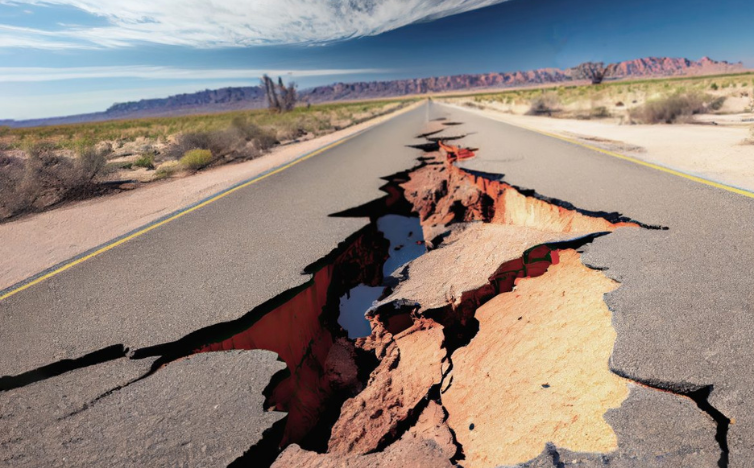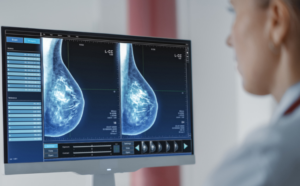New research shows that AI could help predict major earthquakes months before they happen by spotting early signs of seismic activity. However, questions remain about how accurate and ethical this technology is.
A study from the University of Alaska Fairbanks suggests that people could get warnings from days to months ahead of a major earthquake by identifying low-level tectonic activity over large areas. This research looked at two big earthquakes in Alaska and California.
The study was led by Társilo Girona, a research assistant professor at the UAF Geophysical Institute, along with co-author Kyriaki Drymoni from Ludwig-Maximilians-Universität in Munich, Germany.
Their method, which uses machine learning, was published on August 28 in Nature Communications. Machine learning helps computers learn from data and make predictions, like finding unusual seismic activity before a large earthquake.
Case Studies: Anchorage and Ridgecrest Earthquakes
The researchers studied two major earthquakes: the 2018 Anchorage earthquake (magnitude 7.1) and the 2019 Ridgecrest, California, earthquake sequence (magnitudes 6.4 to 7.1). They found that abnormal low-level seismic activity occurred about three months before each earthquake in about 15% to 25% of the affected areas.
For example, their AI model showed that the chance of a major earthquake in Anchorage rose to 80% around three months before it happened, and then to 85% just days before the event. Similar results were found for the Ridgecrest earthquake.
The scientists believe that these low-magnitude quakes may be caused by a rise in fluid pressure within the fault lines. High fluid pressure can make rocks slip, potentially triggering an earthquake.
Impact of Machine Learning on Earthquake Research
Machine learning is proving to be a valuable tool in earthquake research. Modern seismic networks produce vast amounts of data, and AI can help identify patterns that suggest a major earthquake might be coming.
Challenges and Considerations
However, there are challenges in using this technology for earthquake forecasting. The AI models need to be tested in real-time situations and trained on local seismic data before being used in new areas.
Accurate earthquake predictions could save lives and reduce damage, but there are risks too. False alarms could cause unnecessary panic, economic problems, and loss of trust, while missed predictions could have severe consequences.
The research highlights both the promise and the challenges of using AI to predict earthquakes, showing that while the technology has potential, it must be used carefully to avoid negative outcomes.
Source: scitechdaily




